The US oil inventory build continues to weigh on global crude prices. Oil markets slipped slightly as traders balanced weak demand in the United States with rising supply from major producers.
Brent crude futures dropped by 14 cents to $67.35 a barrel. At the same time, US West Texas Intermediate fell by 15 cents to $63.53. These small declines followed weeks of steady price recovery after a three-month low earlier in the month.
Even with conflict in the Middle East and Russia’s war in Ukraine, markets stayed focused on supply and demand. Analysts noted that neither conflict has disrupted oil flows. Instead, rising stocks and signs of slower US economic growth shaped market sentiment.
The US Energy Information Administration reported that crude inventories rose by 3.9 million barrels last week. Traders had expected a draw of one million barrels. Gasoline stocks also increased by 1.5 million barrels, against forecasts of a slight decline. This surprise build reinforced the US oil inventory build as a major factor behind weaker prices.
Sluggish economic indicators added further pressure. Producer prices fell, and the labor market showed signs of cooling. Many economists now expect the Federal Reserve to cut interest rates next week. Some analysts even believe a larger cut could happen, depending on the vote.
In Europe, the European Central Bank prepared to keep interest rates unchanged, highlighting different paths for monetary policy across regions. These decisions influence fuel demand outlooks, which directly affect oil pricing trends.
On the supply side, OPEC+ announced plans to raise production starting in October. The increase will be smaller than earlier monthly hikes but still adds more barrels to the market. Analysts warn that higher output may deepen oversupply in the coming months.
The Energy Information Administration also projected significant inventory builds ahead. Rising supply, combined with slower demand growth, could keep oil prices under pressure into next year.
Consultancy Eurasia Group explained that even with demand flattening, OPEC+ members keep adding production. This imbalance, they noted, may push the market into oversupply by the end of 2025. If this scenario unfolds, the US oil inventory build will remain a central theme in global energy discussions.


